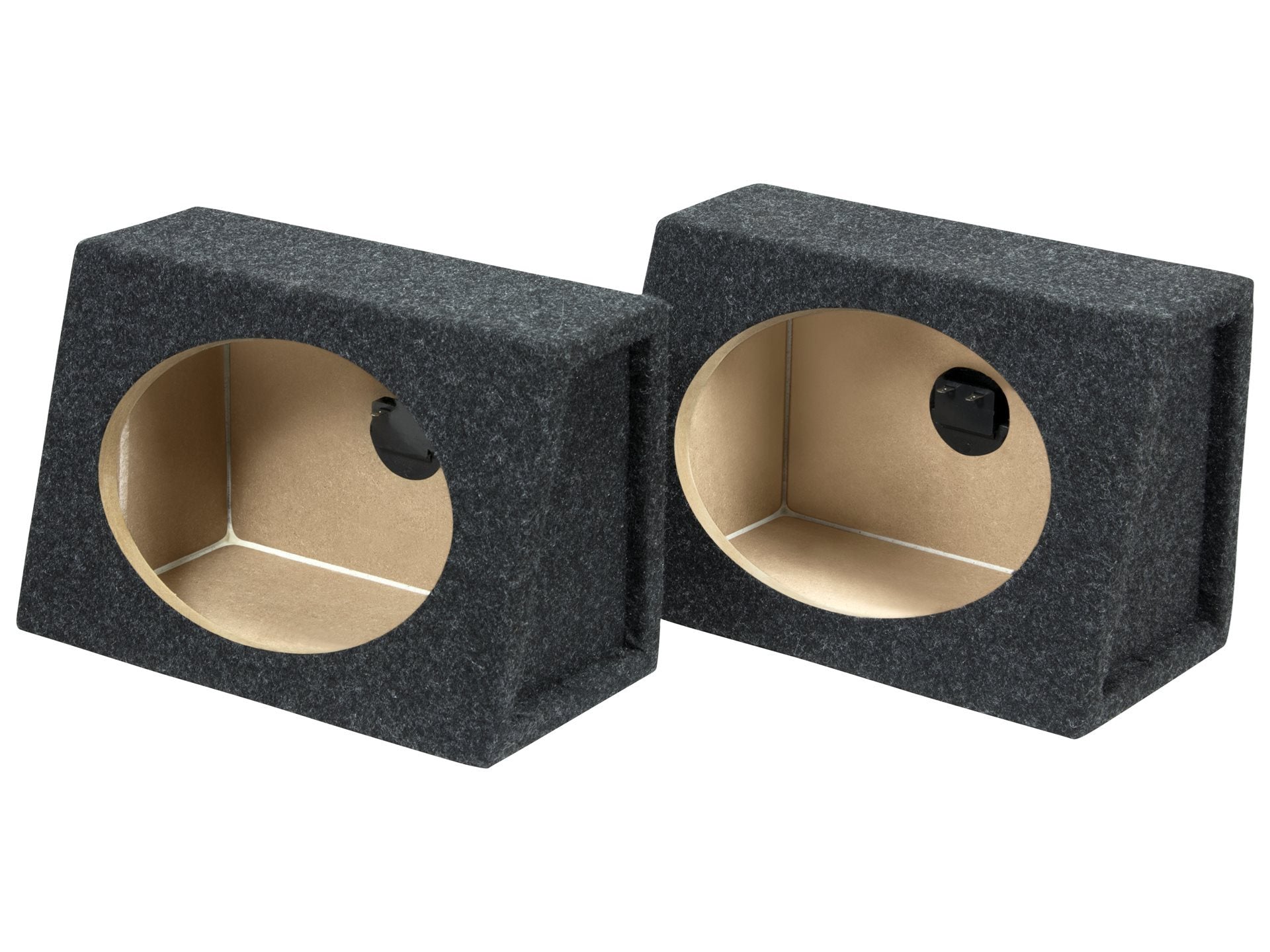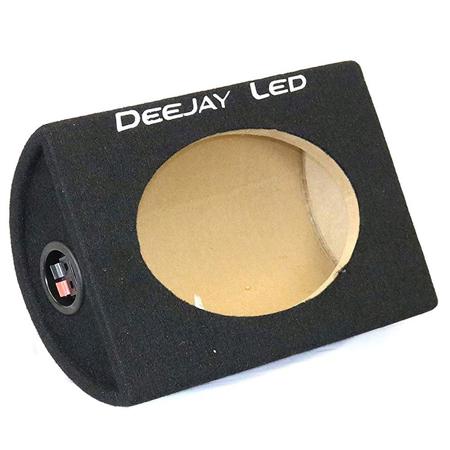

- #6x9 speaker enclosure design full size
- #6x9 speaker enclosure design driver
- #6x9 speaker enclosure design download
An alternative to Ruffle is another browser, Maxthon 4.

Please email me to let me know if Ruffle is working well for you and what browser you're using.
#6x9 speaker enclosure design download
The fix for now is to download the Ruffle extension for your browser. This means that no modern browser will display any of these demos, by default. The powers that be have deemed that the Flash content on web pages is too risky to be used by the general internet user and soon, ALL of the support for it will be eliminated (most Flash access was eliminated 1-1-2021). Some hatchbacks do well with the sub playing back and the port to one side or the other versus toward the rear as well.An important note about the Flash demos/graphics on this site.
#6x9 speaker enclosure design full size
For instance, many full size SUVs benefit from having the subs playing upward, with port(s) to the rear of the vehicle.

There are many proven combos that work almost invariably in the appropriate application. Sometimes where you place the vents or subs can make a monstrous difference in output.
#6x9 speaker enclosure design driver
Again, there is a point where the port area will become too little for the driver to function properly, so this should be taken incrementally as well.

I try not to go more than 25% bigger than recommended in any scenario, as that is already likely near the point of diminishing returns. The cabin can eventually get so large that the woofer will lose all stability causing serious damage, so do this at your own risk and always ask for help where needed. For starters, this will not work beyond the point of diminishing returns. Now of course, there are exceptions and risks to consider. Simply increasing the volume has magically made this setup louder! While extra space may not be available in every install, the ones lucky enough to have extra room can definitely take advantage of this trick to get more for nothing. By building an enclosure roughly 20% larger than recommended, and increasing the port size accordingly, the enclosure for the woofer will become more efficient, translating to more output/watt of input signal. There is! I have always tried to look at manufacturer’s specs as a guideline, and less of a rigid set of rules. Is there a way to increase output without changing amps and without having to opt for a bigger speaker? If this setup were to be run in the “manufacturers recommended” enclosure, it would perform as intended by the manufacturer. Take, for instance, a 500 watt subwoofer paired with a 500 watt RMS amplifier. For some, there is reprieve because spatial limitations don’t have to hold them back. Most of the aftermarket audio crowd wants to do the most they can with what they can reasonably afford or justify as far as sound systems go.


 0 kommentar(er)
0 kommentar(er)
